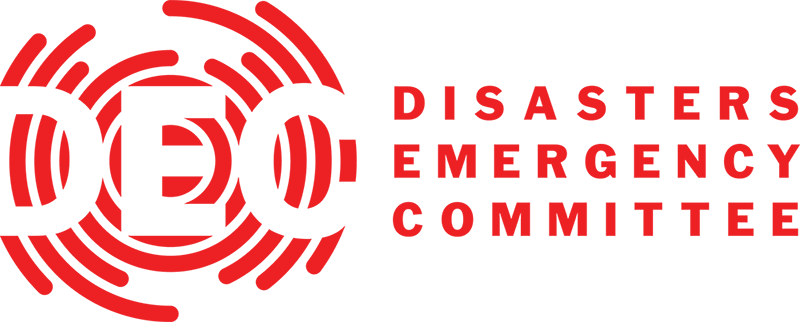
2010 Haiti Earthquake Facts and Figures
Recent appeals

Boxing Day Tsunami Appeal
The DEC launched our largest ever appeal after an earthquake and tsunami caused devastation in seven countries on Boxing Day 2004. This appeal is now closed and all funds have been spent.
View appeal


